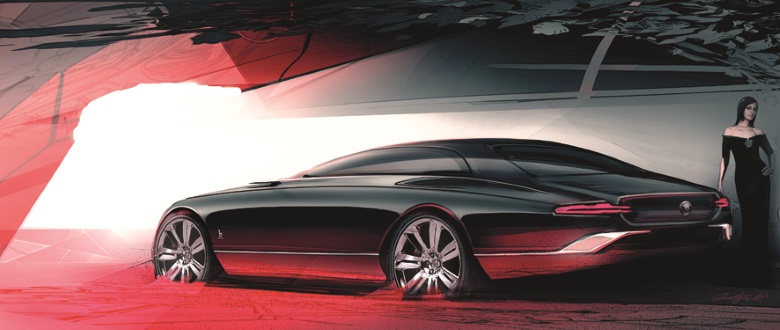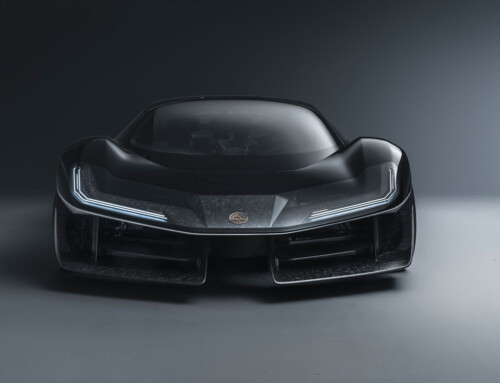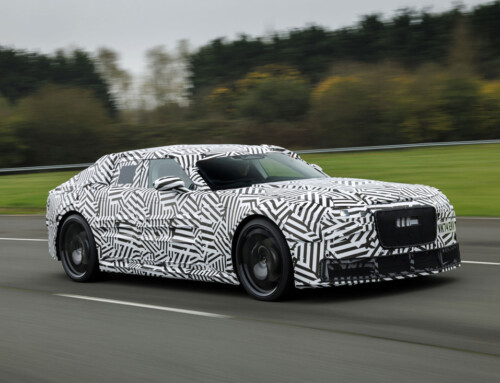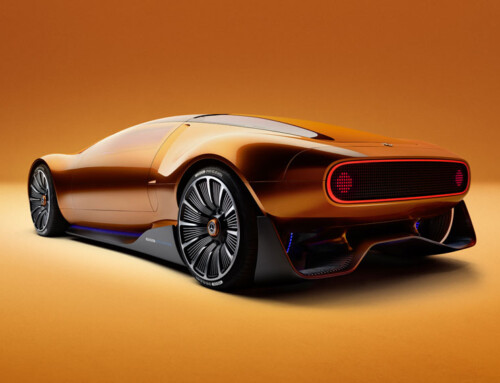After the futuristic Pandion presented in 2010, Bertone reveals another facet of its new face with the very realistic and almost conservative B99. We take a closer look.
Before we begin, it is only fair that we give due credit to Jaguar’s designers and to Ian Callum in particular who, since his appointment as head of the Whitley studio in 1999, has done a truly outstanding job. The style of the latest generation XJ, launched at Frankfurt in 2009, marked a significant break from its predecessor. Steered by Ian Callum, the design project was headed by Gilles Taylor, a designer who proved his mettle at Citroën in the 1990s and who has just been recruited by Rolls-Royce as director of exterior design.
 [/imageframe]
[/imageframe]The new XJ abandons any idea whatsoever of nostalgia and follows a resolutely contemporary school of thought instead. To achieve this, the designers had to define a deliberately new style that cuts all ties with the past, avoiding any reference to the XJ generations that had followed a linear path of evolution from 1968 to 2009. And it was the designers themselves who willingly and courageously decided to take this stance. To demonstrate Jaguar’s continuing intention to explore the DNA of the brand, its advanced studio created the C-X75 concept for last October’s Mondial de l’Automobile. To reassure the brand’s loyal fans, the concept clearly cites the XJ13 prototype and the XJ220 – and this February, the C-X75 won both the Grand Prix for the most beautiful concept car at the Festival Automobile International and the Louis Vuitton Design Award.
 [/imageframe]
[/imageframe]With regard to the brand’s production saloons, however – in the case of both the XF and the more recent XJ, the approach eschewing any references to the past has not met with universal favour, especially among more conservative critics. Some see signs of homogenisation in the latest XJ and are concerned that Jaguar may be adopting a style that is too international. Many agree, in fact, that the XJ looks a little too much like certain Japanese offerings.
 [/imageframe]
[/imageframe]The article continues in Auto & Design no. 188











